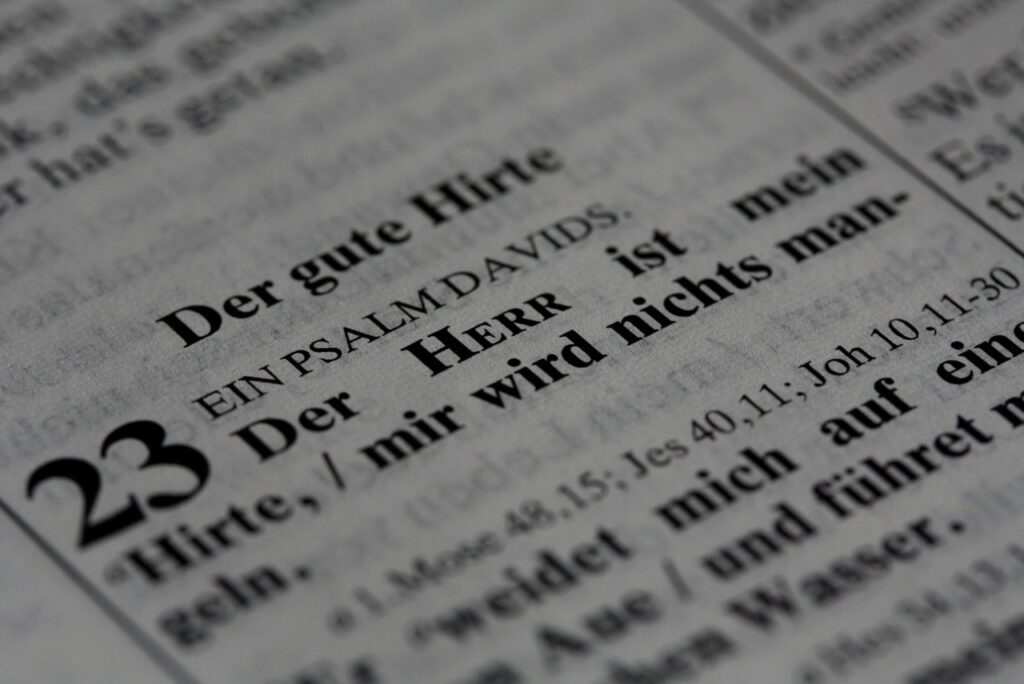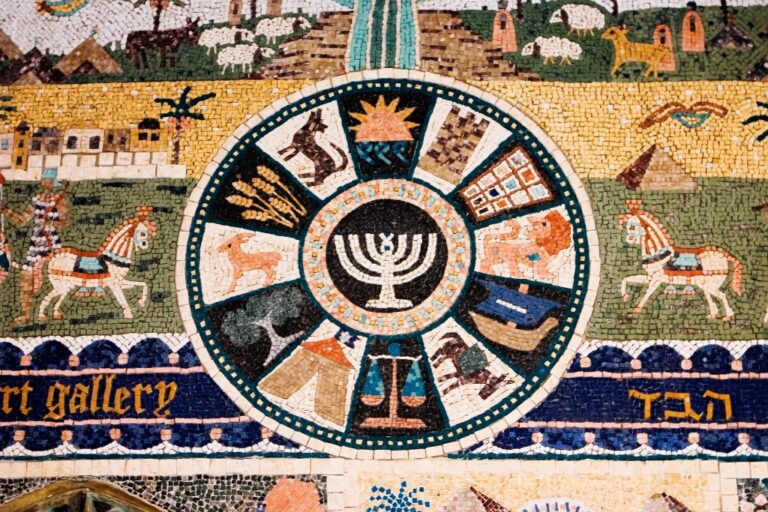
The question of whether Christ was nailed through the hands or wrists during the crucifixion has been a subject of debate for centuries. This article aims to explore historical, anatomical, and theological perspectives on this topic, providing insights into how this detail affects our understanding of the crucifixion.
Historical Context of Crucifixion
Crucifixion was a common method of execution used by the Romans, particularly for slaves, rebels, and the most serious offenders. It was designed to be a public display of punishment, serving as both a deterrent and a means to exert control. The practice involved nailing or tying the condemned to a wooden cross, leading to a painful and prolonged death.
In ancient times, the details of crucifixion methods varied, with different cultures employing different techniques. The Romans often used nails, while other cultures might have used ropes. However, the gospels provide a narrative of Christ’s crucifixion that has been analyzed and interpreted through various lenses over the years. Understanding the historical context is essential to grasp the significance of how Christ was attached to the cross.
Biblical Accounts of the Crucifixion

The New Testament provides the primary accounts of Christ’s crucifixion. The Gospels of Matthew, Mark, Luke, and John all mention the act of nailing Jesus to the cross. However, they do not specify whether the nails were driven through his hands or wrists. This ambiguity has led to various interpretations and discussions among theologians, historians, and archaeologists.
In the Gospel of John, for instance, Thomas refers to the wounds in Jesus’ hands after the resurrection, indicating that the term “hands” may have been used more broadly. This language is essential for understanding the modern debate regarding the exact location of the nails. The difference in terminology has sparked significant theological and anatomical discussions over the centuries.
Anatomical Considerations
Anatomically speaking, the term “hands” can be somewhat misleading in the context of crucifixion. The weight of a person’s body hanging from a cross would likely have caused the nails to rip through the flesh if they were placed solely through the palms. Many modern medical experts argue that the nails would have been more securely placed in the wrists, as the wrist bones provide better structural support.
The anatomical structure of the wrist includes the carpal bones, which are more robust than the bones in the hand. This placement would not only support the weight of the body more effectively but also reduce the risk of the nails tearing through the flesh. Thus, from a medical perspective, the argument for the wrists being the more likely location is compelling.
Historical Evidence and Archaeological Findings

Archaeological evidence has shed light on the methods of crucifixion used in ancient times. In 1968, archaeologists discovered the remains of a crucified man near Jerusalem. The discovery included a heel bone with a nail still embedded in it, providing critical insight into how crucifixion was carried out. The position of the nail in this case suggested that the feet were nailed to the cross, further complicating the question of where Jesus was nailed.
The remains of this individual indicated that the nails were likely driven through the wrist area rather than the palm. This finding aligns with the anatomical arguments and supports the theory that Christ was nailed through the wrists. However, it is important to note that while this evidence is compelling, it does not definitively answer the question regarding Christ’s crucifixion.
Theological Implications
The debate over whether Christ was nailed through the hands or wrists also holds theological significance. For many believers, the specifics of Christ’s suffering are deeply intertwined with their faith. The act of crucifixion is central to Christian theology, representing not only the physical suffering of Jesus but also the spiritual implications of his sacrifice for humanity.
Some theologians argue that the exact location of the nails is less important than the broader message of Christ’s sacrifice. They emphasize that the focus should be on the act of crucifixion itself, which symbolizes redemption and the fulfillment of prophecy. Others, however, feel that understanding the physical details of the crucifixion enhances their appreciation of the event and its significance.
Symbolism of the Crucifixion
The crucifixion of Jesus is rich in symbolism, representing themes of suffering, redemption, and sacrifice. Many Christians view the cross as a symbol of hope and salvation, transcending the physical details of the event. The pain endured by Christ is often seen as a reflection of divine love and the lengths to which God would go to redeem humanity.
The debate over whether Christ was nailed through the hands or wrists can also be seen as a metaphor for the broader struggles in life. Just as the specifics of the crucifixion can be interpreted in multiple ways, so too can the challenges faced by individuals. This symbolism enriches the Christian faith, allowing for diverse interpretations and expressions of belief.
Comparative Analysis with Other Crucified Individuals

To gain a broader perspective on the method of crucifixion, it’s helpful to examine other historical accounts of crucified individuals. Ancient texts describe various methods of execution, and the way individuals were fixed to the cross varied. Some were simply tied, while others were nailed through different parts of the body.
By comparing these historical accounts with the crucifixion of Jesus, we can see that while practices varied, the use of nails was common. The location of these nails, however, remains a subject of debate, further complicating our understanding of how Christ was crucified. Such comparisons can help inform our view of the crucifixion as both a historical and a theological event.
Conclusion
The question of whether Christ was nailed through the hands or wrists remains a topic of debate among historians, theologians, and anatomists. While there are compelling arguments for both sides, the ambiguity in the biblical texts leaves room for interpretation. Anatomical studies suggest that the wrists would be a more practical location for the nails, while archaeological findings provide additional context.
Ultimately, the significance of Christ’s crucifixion transcends the specific details of how he was nailed to the cross. The act symbolizes profound themes of suffering, redemption, and divine love, which resonate deeply with millions of believers worldwide. The focus should perhaps be less on the specifics and more on the overarching message of hope and sacrifice.
FAQs
1. Why does it matter whether Christ was nailed through the hands or wrists?
The specifics of Christ’s crucifixion can enhance our understanding of the historical and anatomical context. However, many believe that the spiritual significance of the event is more important than the physical details.
2. What do different Christian denominations believe about the crucifixion?
While most Christian denominations accept the crucifixion as a pivotal event, interpretations may vary regarding its significance. Some emphasize the physical suffering, while others focus on the spiritual implications.
3. Are there other historical accounts of crucifixion methods?
Yes, historical texts describe various methods of crucifixion used by different cultures. Each method had its own variations, reflecting the practices of the time.
4. How can archaeological findings inform our understanding of crucifixion?
Archaeological findings provide tangible evidence of crucifixion practices in ancient times. They help us understand how it was carried out and the potential implications for the crucifixion of Jesus.
5. What role does symbolism play in Christianity regarding the crucifixion?
The crucifixion is rich in symbolism, representing themes of suffering, redemption, and divine love. This symbolism is central to the Christian faith and influences how believers interpret the event.





